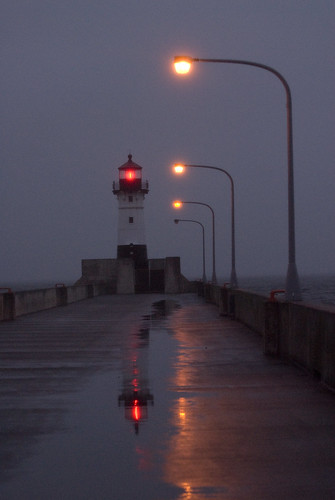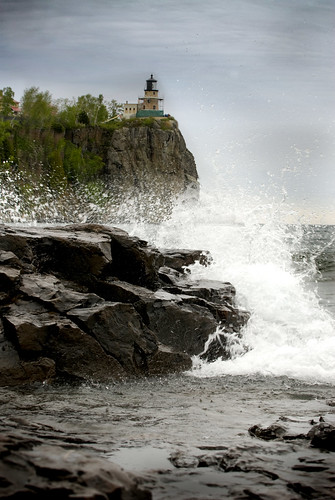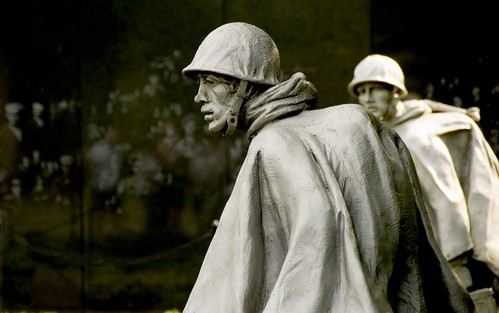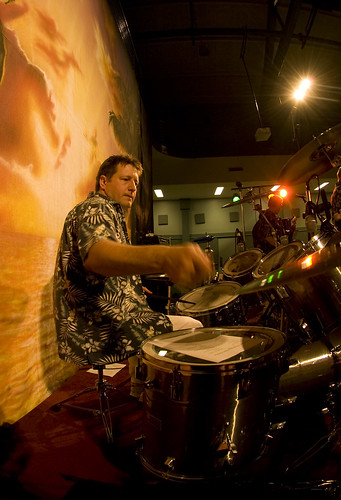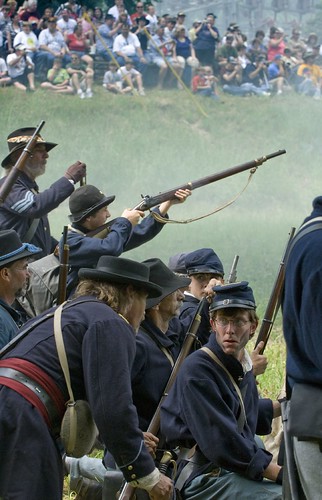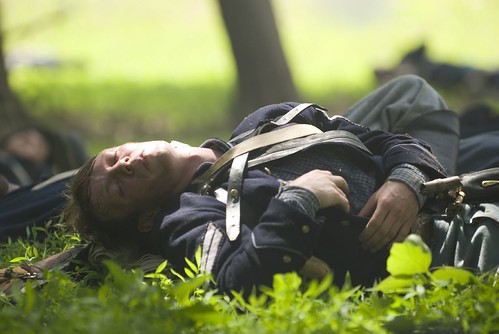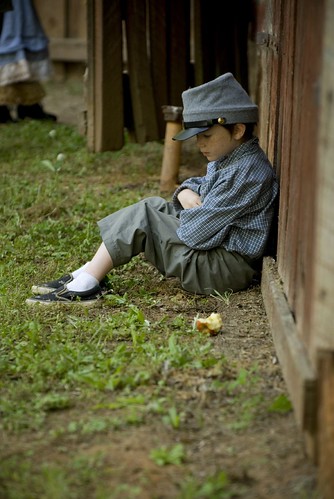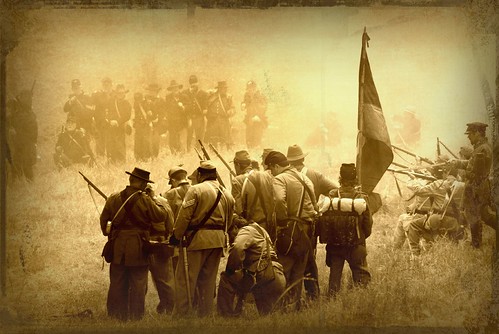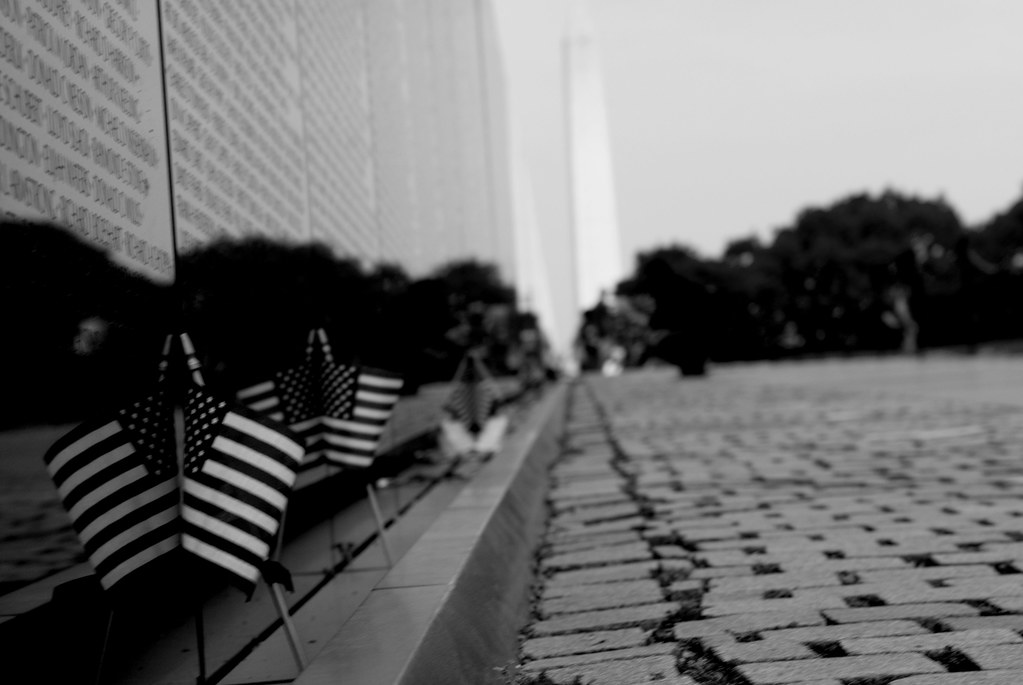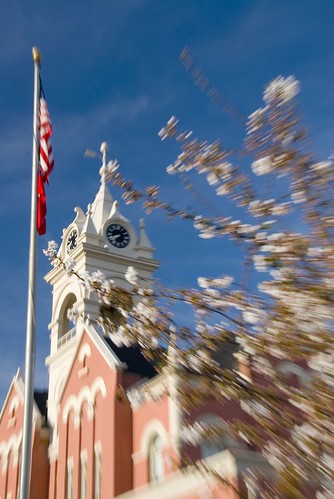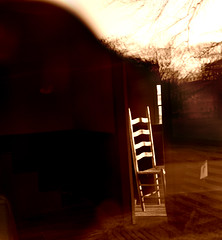It seems quite strange that themes and issues seem to repeat themselves in my life. Coincidence or not, I often find myself drawn to a topic that fascinates me. That happened over the last few weeks with Judaism, Nazi-Anti-Semitism, and the Holocaust. Certainly not a subject for light reading, I found myself fascinated by several aspects of events in Poland and Germany during World War II and a few cinematic efforts to capture these dark moments from history.
It started with
The Reader. I was traveling out of town to a conference and wanted a “book on CD” to help me pass the trip while driving alone. While perusing the offerings on iTunes, I ran across Bernhard Schlink’s
The Reader. I knew that Kate Winslet had recently won an Oscar for best actress in the 2008 film adaptation, but otherwise knew nothing else. Something compelled me to purchase and download the book.
Wrapped around a captivating and uncomfortably erotic story of a fifteen-year-old boy and his mysterious older lover,
The Reader examines how the generations of Germans after the Third Reich have attempted to come to terms with Nazi crimes. At one point, the narrator and protagonist Michael, later in life after the end of

the affair, meets a former Nazi officer while hitchhiking to a concentration camp site. Of the Jewish murders, he says, “An executioner is not under orders. He's doing his work, he doesn't hate the people he executes, he's not taking revenge on them, he's not killing them because they're in his way or threatening or attacking them. They're a matter of such indifference to him that he can kill them as easily as not.”
Last week, while traveling to Minnesota, I picked up a copy of
Defiance. Written in 1993 by Nechama Tec, it is the story of a group of armed Jewish partisans, led by Tuvia Bielski, who escape the Polish ghettos to hide in the forest, resisting the German occupiers while attempting to save other Jews from certain death at the hands of the Nazis. Not tempted by revenge, Bielski instead does whatever it takes to save as many Jews as possible. While other partisan groups, particularly the Russians, shun women, children, and the elderly, Tuvia’s group takes in any Jew seeking refuge. When the group is liberated by the Soviet Red Army in 1945, 1,200 Jewish partisans follow Beilski out of the forest. Although I shunned it in the theatre, I can’t wait to see the film now.
Strangely, while sitting in the Minneapolis/St. Paul airport reading
Defiance, I heard on CNN that a lone gunman, James von Brunn, had
entered the Holocaust Museum in Washington D.C. and killed a guard with a .22 caliber rifle. An apparent white supremicist, Mr. von Brunn was 88. In his car, illegally parked on the curb, was a note that included the comment, “The Holocaust is a lie.”
So what were the odds that
Schindler’s List would air on HBO in the last week? Oddly, I had never seen this award-winning movie. But even at over three hours in length, I had to watch it. Probably like everyone, I was struck by the sheer

disregard of the Jews as human beings by the Germans. And I was also struck by the similarities of Schindler and Beikski in their attitude of saving one more Jew. The ring made by the
Schindlerjuden factory workers for Oskar bore the Talmudic quote, “Whoever saves one life saves the world entire.”
It’s so easy to look back at the Jewish Holocaust and the horrific cruelties of the Final Solution and see these events as unique and isolated incidents from a distant past. But as a good friend and retired military officer reminded me recently, atrocities continue around the world. Since 2003, over 400,000 have died in the genocide in Sudan. Saddam Hussein executed countless thousands of Kurds in Iraq. Muslims are killing each other over differences seemingly less significant that Baptist versus Methodist theology.
The potential for humans to commit horrific acts continues. If for no other reason beyond Kate Winslet's wardrobe for much of the first third of the movie,
The Reader is captivating because it examines the feelings of Germans after WWII. How could so many German citizens not know what was happening in Poland. Is there something in all of us that makes us susceptable to climbing on such a horrific bandwagon draped in patriotism. Having had an opportunity to visit the Holocaust Museum in Washington, I think a visit there should be mandatory for every U.S. citizen. The larger than life efforts of Bielski and Schindler saved over 2,000 Polish Jews. But over 3,500,000 perished, brutally murdered by the Nazis. Can knowledge, understanding, and courage find defiance in each of us?
 most of the people of her generation, especially the women, she was fortunate to be able to attend college thanks to FDR and the New Deal. She found a job with the Red Cross and had a 30-year career with Central State Hospital. But unlike so many whose dreams involved escaping home, Miss Jane’s dreams were to get back there. She moved back to the family home, began to purchase back land lost in the Depression, and established a cattle farm that she has managed alone for nearly sixty years. “All I ever dreamed of was getting back home.”
most of the people of her generation, especially the women, she was fortunate to be able to attend college thanks to FDR and the New Deal. She found a job with the Red Cross and had a 30-year career with Central State Hospital. But unlike so many whose dreams involved escaping home, Miss Jane’s dreams were to get back there. She moved back to the family home, began to purchase back land lost in the Depression, and established a cattle farm that she has managed alone for nearly sixty years. “All I ever dreamed of was getting back home.”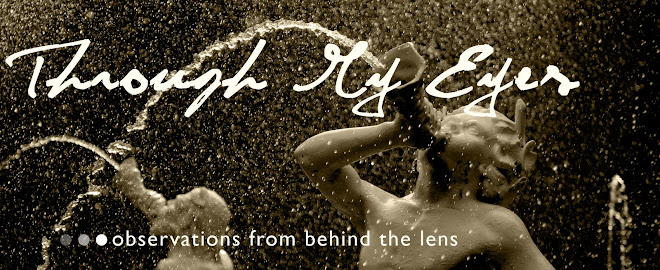







 his father the drawing and told him it was “Lucy in the sky with diamonds.” Despite the song’s innocent inspiration, Lewis Carroll references, and odd chord structure and meter (6/8 verses and 4/4 chorus), it was banned by the BBC because of its drug references.
his father the drawing and told him it was “Lucy in the sky with diamonds.” Despite the song’s innocent inspiration, Lewis Carroll references, and odd chord structure and meter (6/8 verses and 4/4 chorus), it was banned by the BBC because of its drug references.







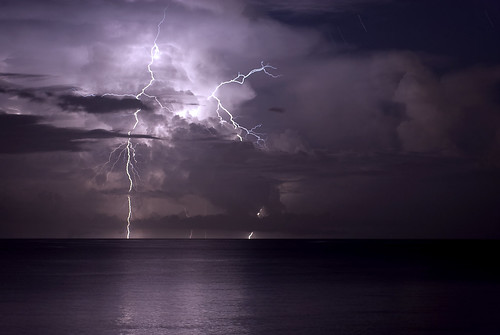
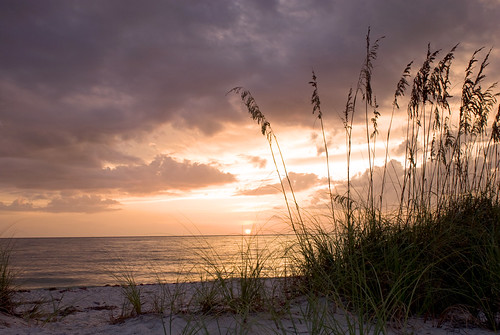

 r softball team, I made time. Even better, the umpires at both games said, “do what you want, just don’t get on the playing field during the game.”
r softball team, I made time. Even better, the umpires at both games said, “do what you want, just don’t get on the playing field during the game.”

